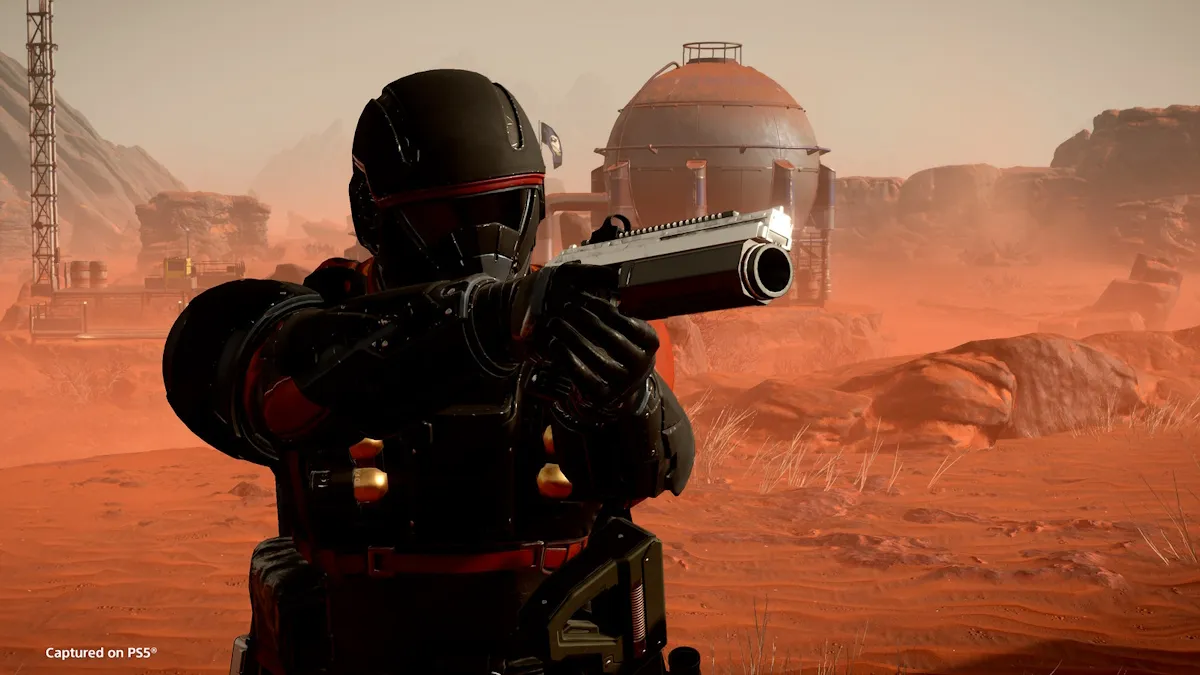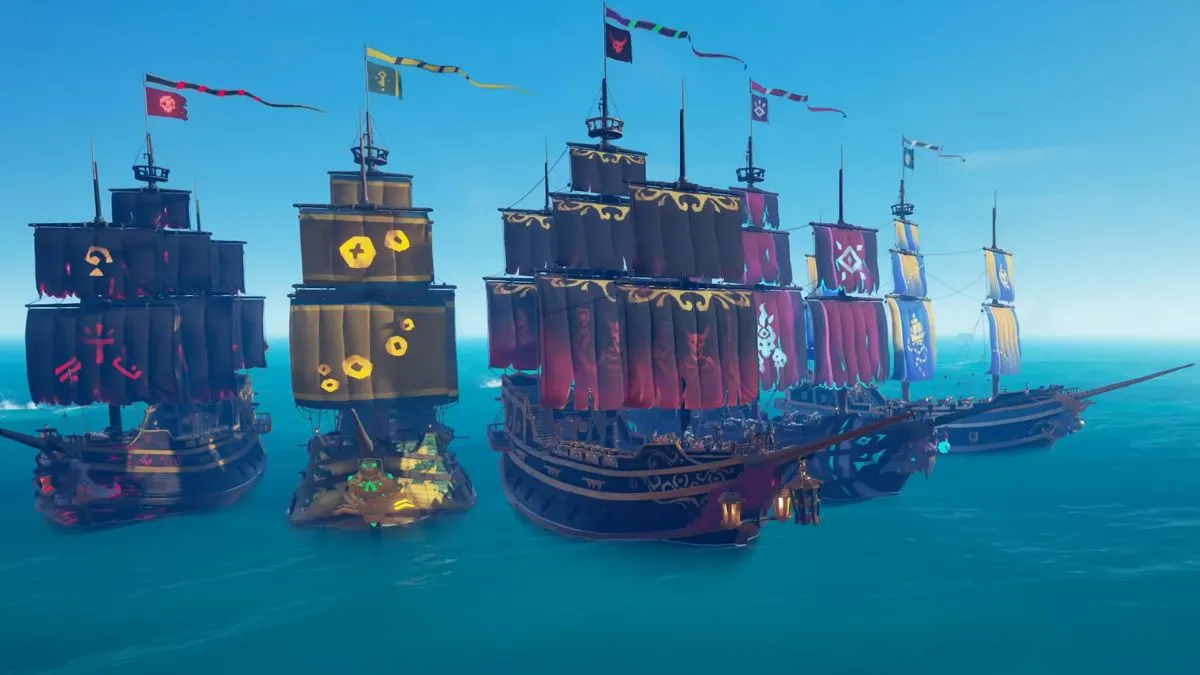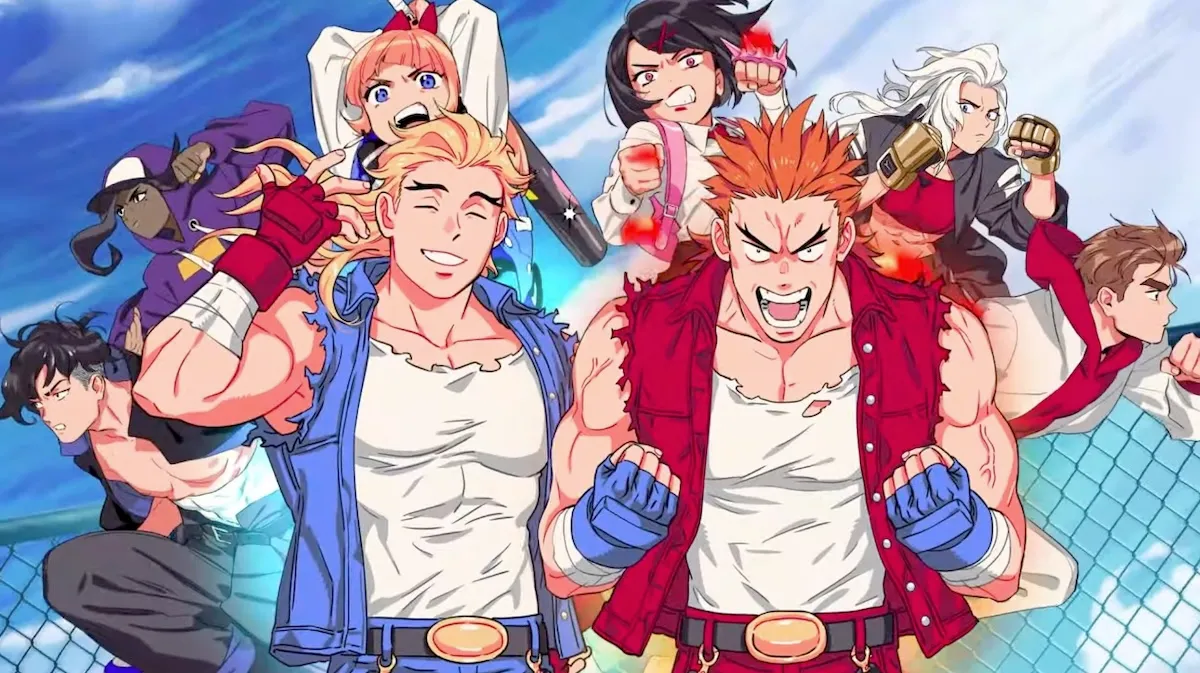

[Editor’s note: unangbangkay talks about how much he hates Quick Time Events for his Monthly Musing piece. — CTZ]
Ever find yourself walking down the street, minding your own business, and suddenly see a bus barreling towards you? Certain doom! BUT WAIT, PRESS TRIANGLE NOW! DO IT! DIVE! DIVE! DIVE! HIT YOUR BURNERS PILO — oops, not fast enough! You’re dead! Hah!
Welcome to life with QTEs! As you may well know, the QTE is basically a Simon Says-esque minigame that pops up during pre-scripted in-game cutscenes. At its most basic level, the QTE is a random button cue that you MUST press to avoid instant and embarrassing death. More after the jump.
First birthed in Dragon’s Lair (laser discs rule!), the QTE has plagued action gamers for more than two decades. Incidentally, Dragon’s Lair was my first-ever experience of game frustration. Mutated versions of QTEs appeared in some non-action games, such as the timed “LIPS” dialog system of my favorite never-to-leave-Japan title Sakura Taisen, wherein response trees changed according to how long it took you to choose an option (not choosing counted as a “silence” response). Also, Sakura Taisen is great, you should learn Japanese, buy it, play it, and petition SEGA to bring it over while the PS2 still lives. Or the PC version, I don’t care just do it.
A period of slumber followed as gamers enamored themselves with space-combat joystick waggling, early FPS games, menu-selecting jRPGs and real-time strategy. In 1999 the QTE reared its head once more, spicing up key action sequences in Dreamcast powerhouse title Shenmue and its sequel. It was that game which actually coined the acronym “QTE”, for “Quick Timer Event”. QTEs have gone on to taint many high-profile titles, such as God of War and Heavenly Sword.
The idea behind the QTE (Yu Suzuki would rather you pronounce it “cutie”) is great! All the drama of an action movie with the dynamism of actual gameplay! WRONG. In execution the QTE merges all the passivity of a cutscene with the sudden, blinding pain of a sucker-punch.

Furthermore, the need to stay alert to hit the cues actually distracts from the brilliance of the cutscene itself. You’re too busy prepping for the next press that you can’t pay attention to whatever else is happening onscreen. It’s lose-lose for both the player and the developer. The player is forced to submit to an inane non-feature, and the developer wastes time and effort on a cutscene that no one can appreciate One may as well have spent the money jazzing up a regular, non-interactive cutscene or, God forbid, on gameplay.
To make matters worse, sometimes QTEs are randomized, with each cue different with every repetition. Not only can we not memorize the cues and thus enjoy the drama, but a single slip of the thumb or accidental waggle means GAME-ENDING DEATH AND LOADING SCREENS. The Bourne Conspiracy, I’m scowling at you.
The sad fact is that QTEs are more often than not a crutch, a band-aid to cover up a bleeding wound of inadequate gameplay. Why would I have to watch (but not appreciate) this cutscene when I could be playing? We didn’t cough up our moneys to see ourselves die over and over again because we don’t have the reflexes of an Olympic Trap Shooter (or a tween).

Not only does the average QTE waste gameplay potential, but it regularly wastes its own potential. The QTE’s greatest benefit is that it allows a game’s design to transcend the mechanical prerequisites of an actual game. No matter the hardware, there will always be some need for drama that can’t quite be mapped to the face buttons or keyboard commands. QTEs can provide that, but at the cost of pulling the player out of the game. With the right design, though, they don’t have to.
A new dawn may well be coming. In these halcyon days of hardware finally being capable of living up to artistic vision, opportunities in the refinement of the QTE abound.
Just off the top of my head, a QTE’s cues could alter the flow of the action according to missed or hit button presses. QTEs then become engaging multiple-choice, context-sensitive events, rather than annoying, invasive signs of laziness or mediocrity. Shenmue even managed it to a limited extent on the last-generation Dreamcast, think of what could happen on a current- or next-gen platform!
Combined with ways to seamlessly transition from scripted cutscene to actual gameplay (as in some points of Metal Gear Solid 4), and a QTE can complement the gameplay, rather than combat it.
We’ve seen some of the fun that can emerge from even a reasonably well-integrated QTE, as Indigo Prophecy (well, most of it) helps prove. Even today, that dreamed-of dynamism looks to be near, with Heavy Rain‘s claims of being “the first interactive movie”.
So, developers, stop jamming QTEs into games like uninvited guests, and start treating as they should be regarded: as members of the family.
NOW PRESS CRTL+D TO BOOKMARK THIS ARTICLE DO IT DO IT DO IT DO I- oh, missed it? Now I’m a sad panda.




